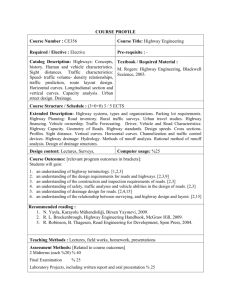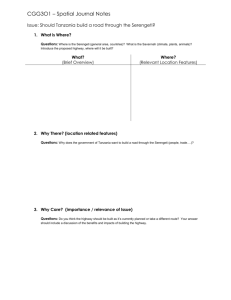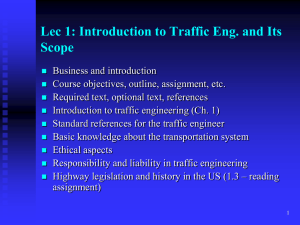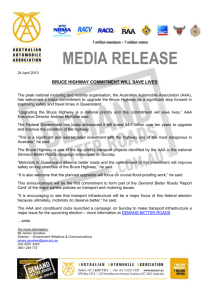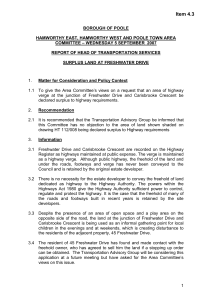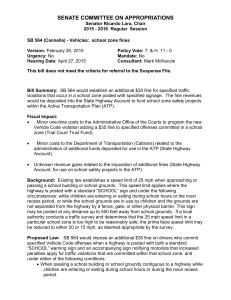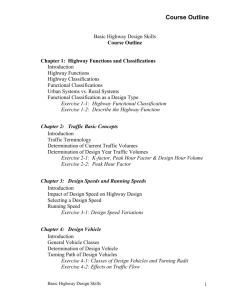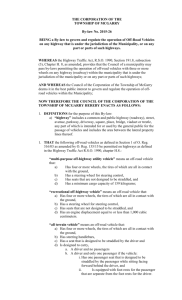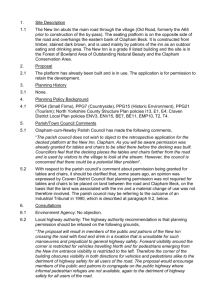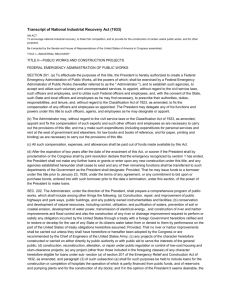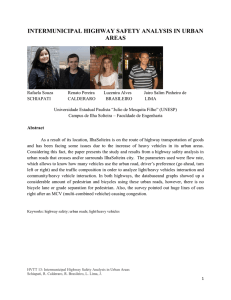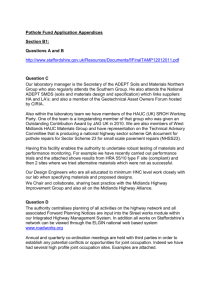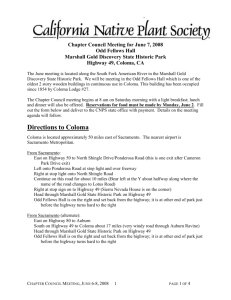Summary of HR 910
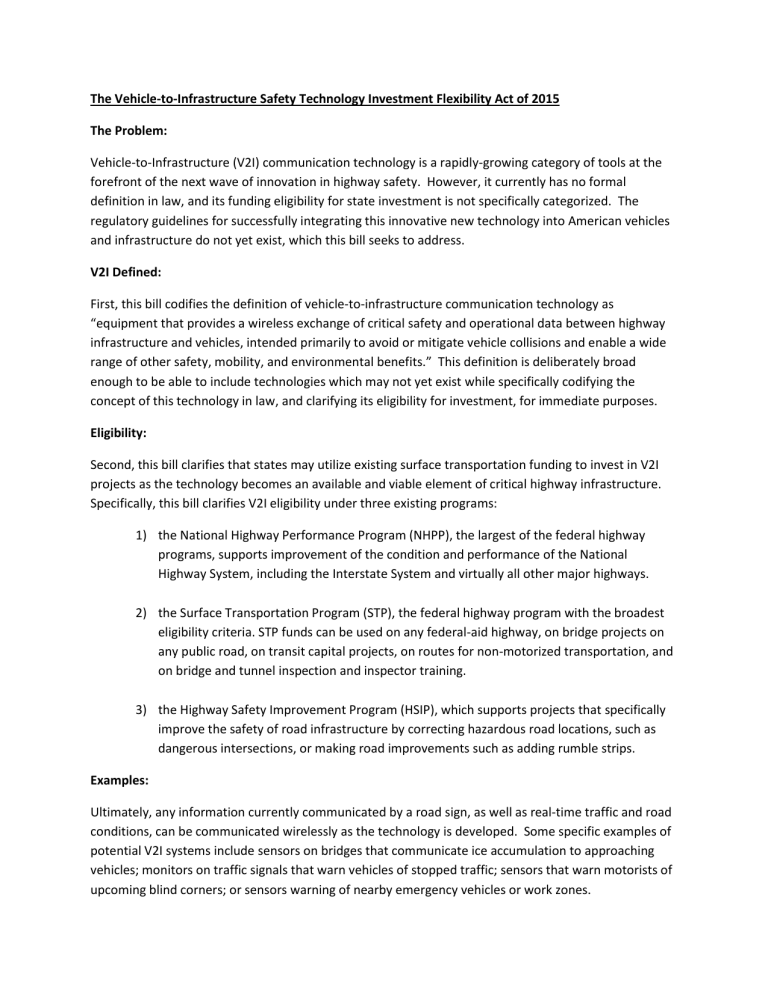
The Vehicle-to-Infrastructure Safety Technology Investment Flexibility Act of 2015
The Problem:
Vehicle-to-Infrastructure (V2I) communication technology is a rapidly-growing category of tools at the forefront of the next wave of innovation in highway safety. However, it currently has no formal definition in law, and its funding eligibility for state investment is not specifically categorized. The regulatory guidelines for successfully integrating this innovative new technology into American vehicles and infrastructure do not yet exist, which this bill seeks to address.
V2I Defined:
First, this bill codifies the definition of vehicle-to-infrastructure communication technology as
“equipment that provides a wireless exchange of critical safety and operational data between highway infrastructure and vehicles, intended primarily to avoid or mitigate vehicle collisions and enable a wide range of other safety, mobility, and environmental benefits.” This definition is deliberately broad enough to be able to include technologies which may not yet exist while specifically codifying the concept of this technology in law, and clarifying its eligibility for investment, for immediate purposes.
Eligibility:
Second, this bill clarifies that states may utilize existing surface transportation funding to invest in V2I projects as the technology becomes an available and viable element of critical highway infrastructure.
Specifically, this bill clarifies V2I eligibility under three existing programs:
1) the National Highway Performance Program (NHPP), the largest of the federal highway programs, supports improvement of the condition and performance of the National
Highway System, including the Interstate System and virtually all other major highways.
2) the Surface Transportation Program (STP), the federal highway program with the broadest eligibility criteria. STP funds can be used on any federal-aid highway, on bridge projects on any public road, on transit capital projects, on routes for non-motorized transportation, and on bridge and tunnel inspection and inspector training.
3) the Highway Safety Improvement Program (HSIP), which supports projects that specifically improve the safety of road infrastructure by correcting hazardous road locations, such as dangerous intersections, or making road improvements such as adding rumble strips.
Examples:
Ultimately, any information currently communicated by a road sign, as well as real-time traffic and road conditions, can be communicated wirelessly as the technology is developed. Some specific examples of potential V2I systems include sensors on bridges that communicate ice accumulation to approaching vehicles; monitors on traffic signals that warn vehicles of stopped traffic; sensors that warn motorists of upcoming blind corners; or sensors warning of nearby emergency vehicles or work zones.




